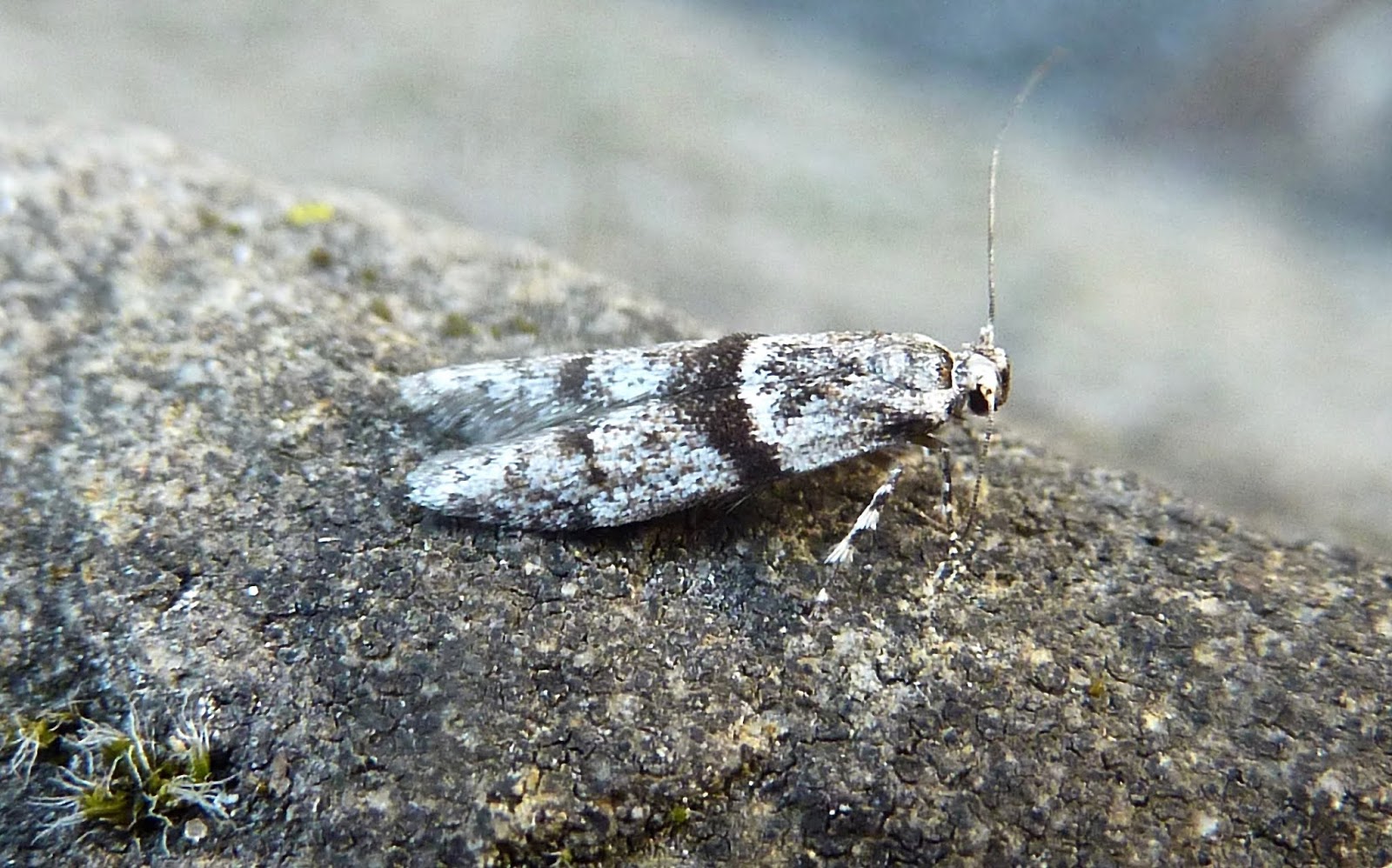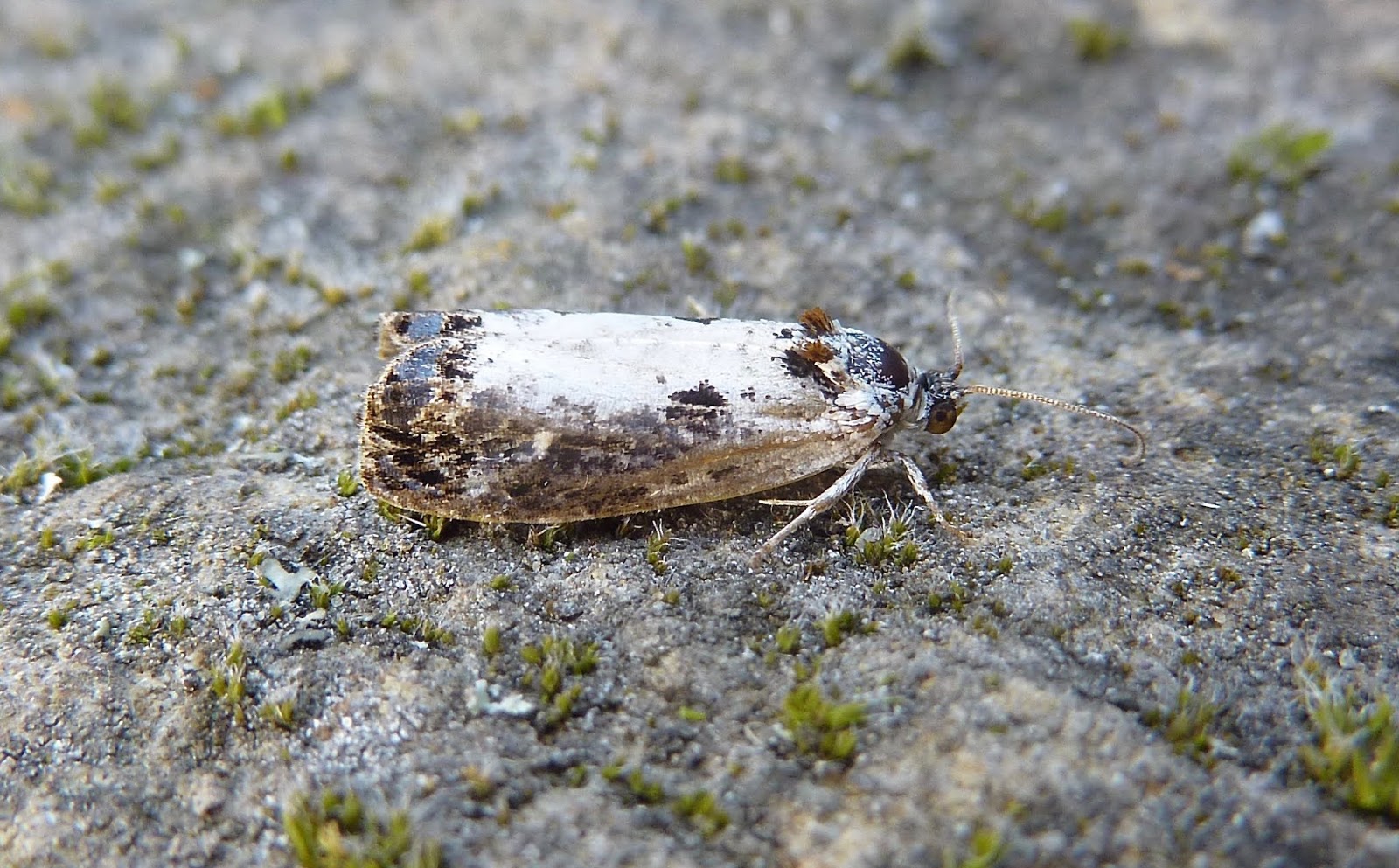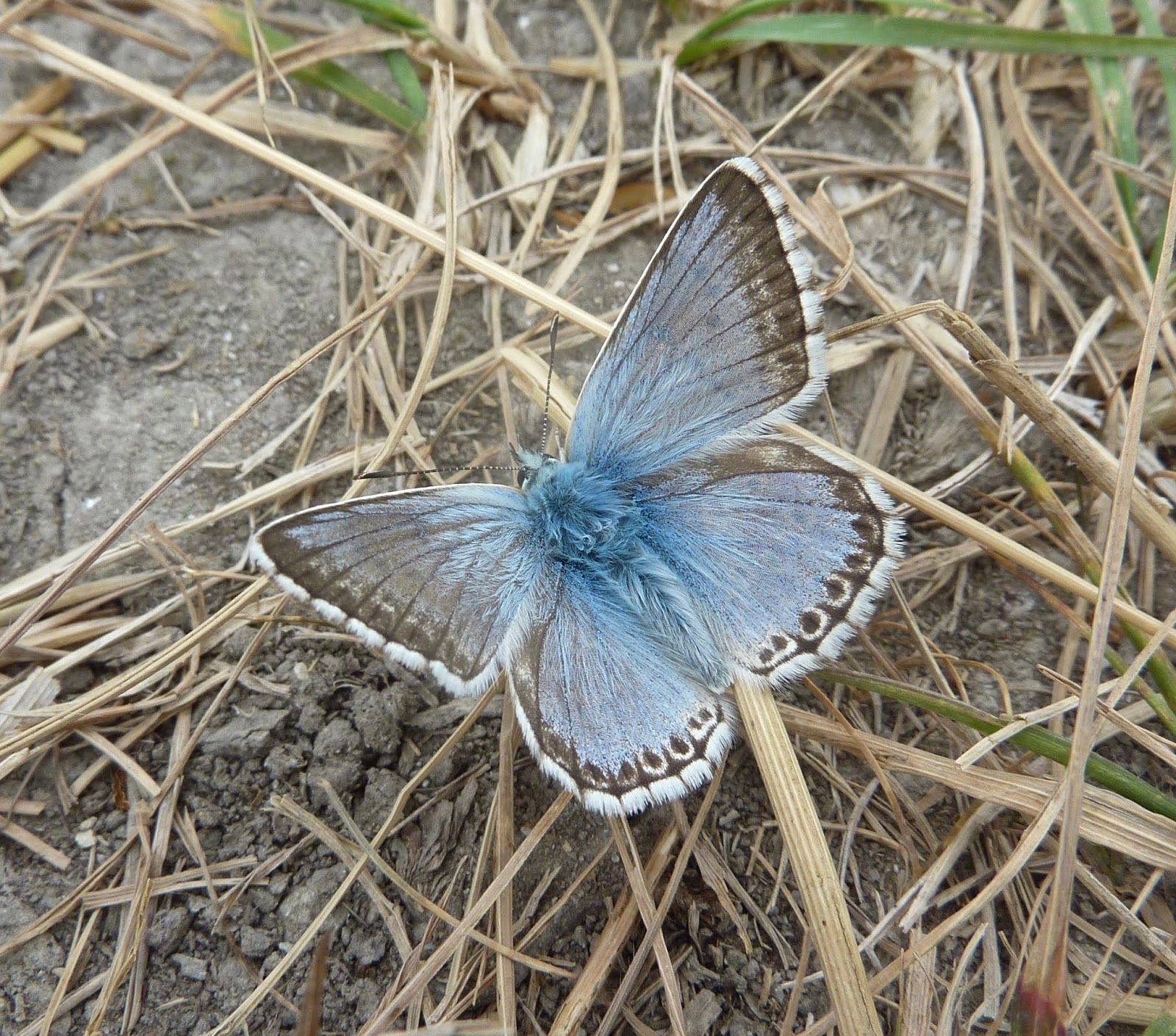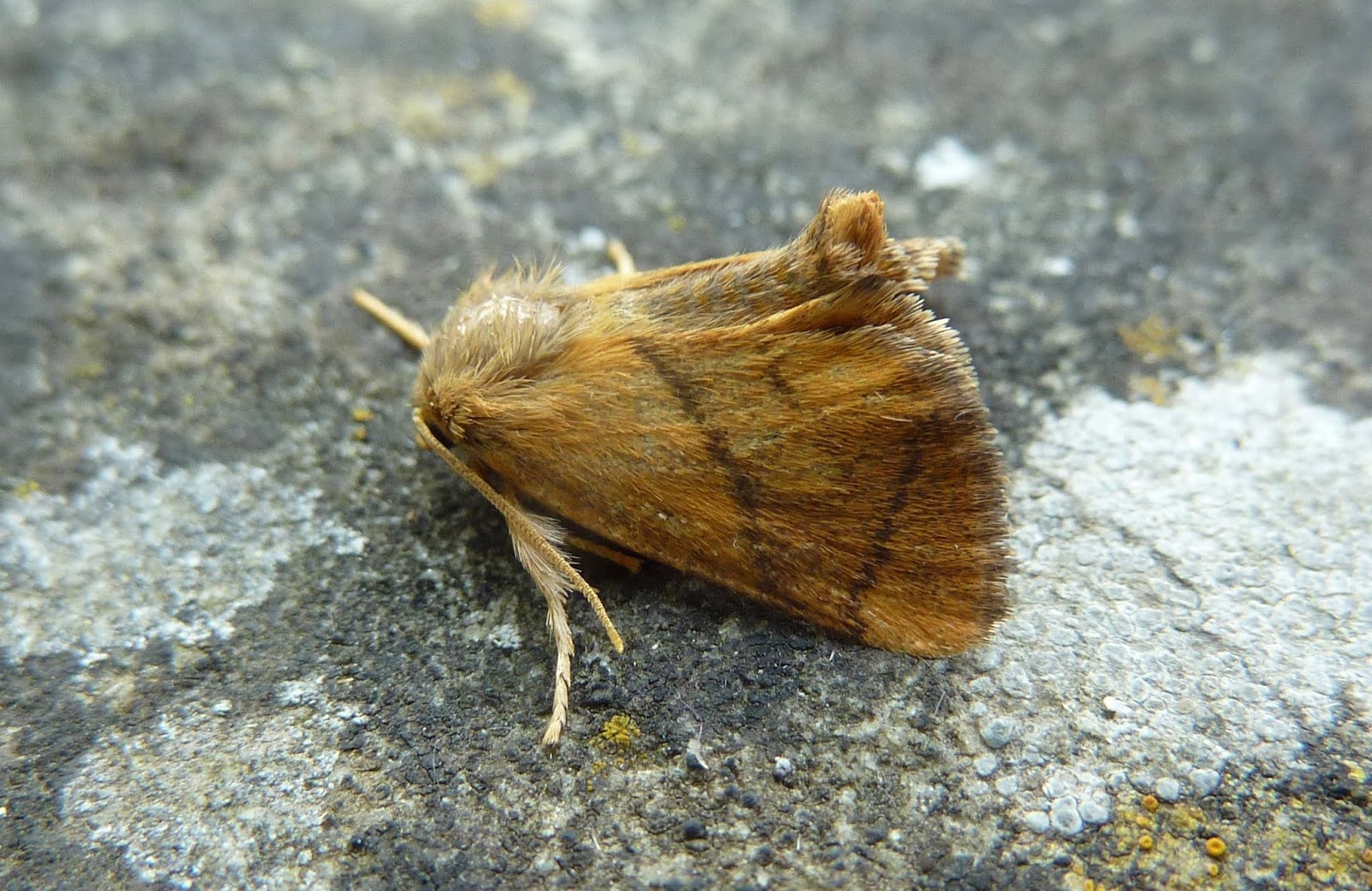Fritillary surprise!

Standing by the back door, a cup of tea in hand and idly looking out at the butterflies that were attracted to next door's Buddleia, my alarm bells went off when a large orange butterfly alighted. I had my suspicions as to what it was, but it was just too far away to be certain with the naked eye. After swiftly fetching the binoculars and bridge camera, and grateful that the butterfly was still present, I was able to confirm that it was indeed a Silver-washed Fritillary! Needless to say, a garden first.











